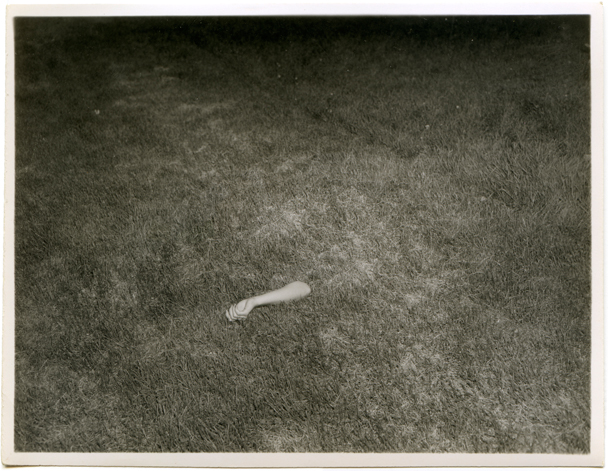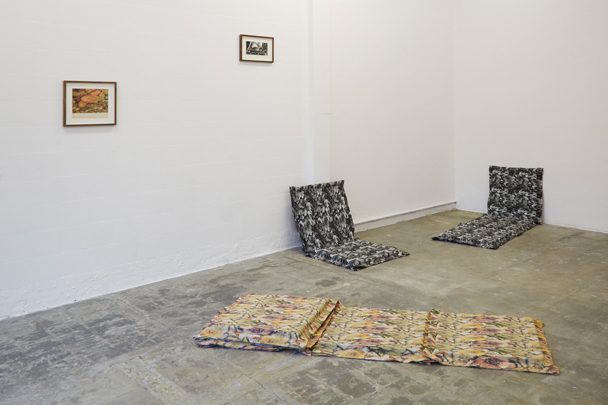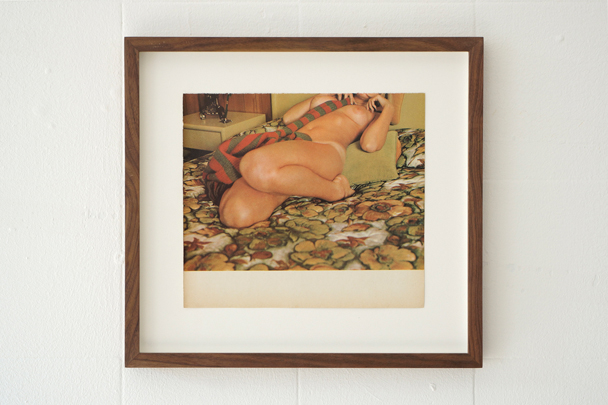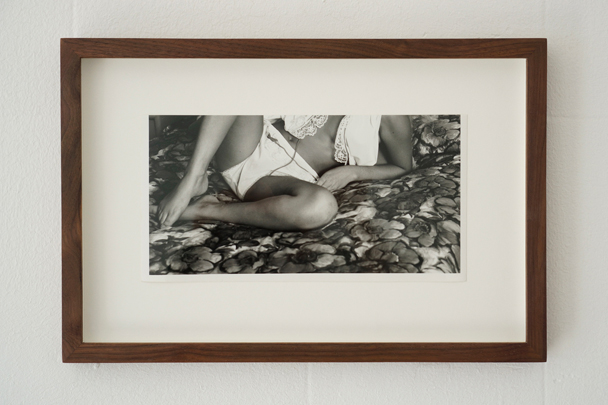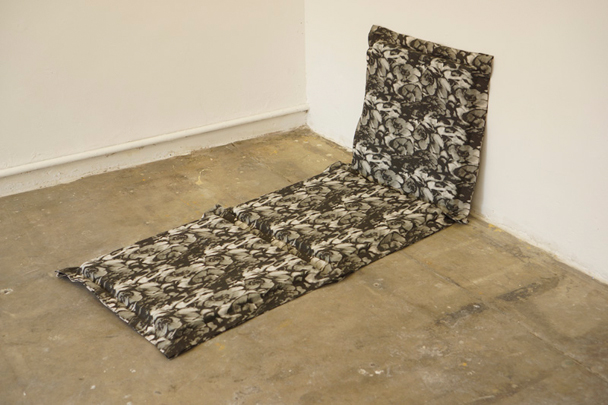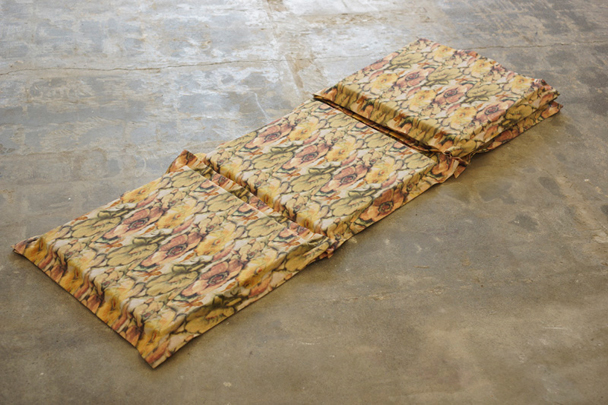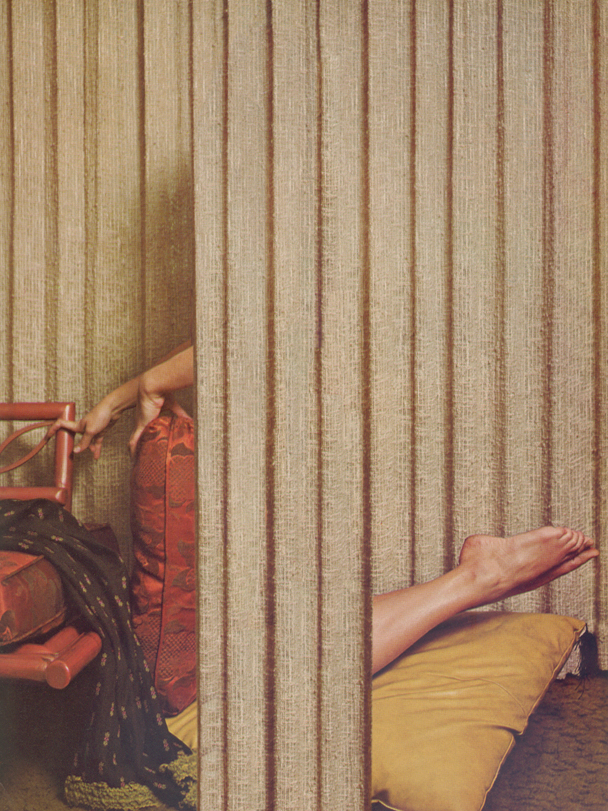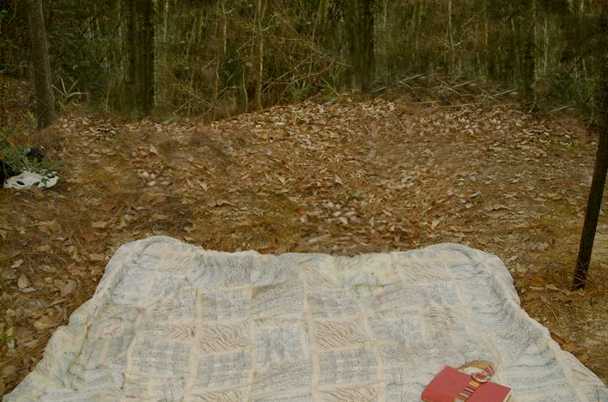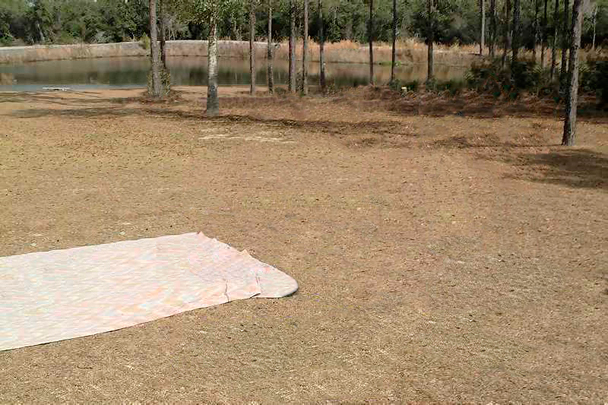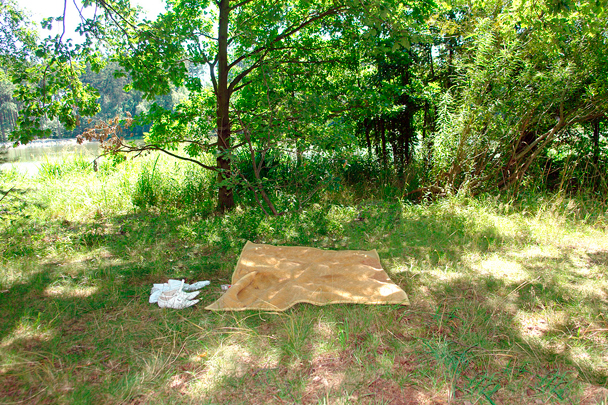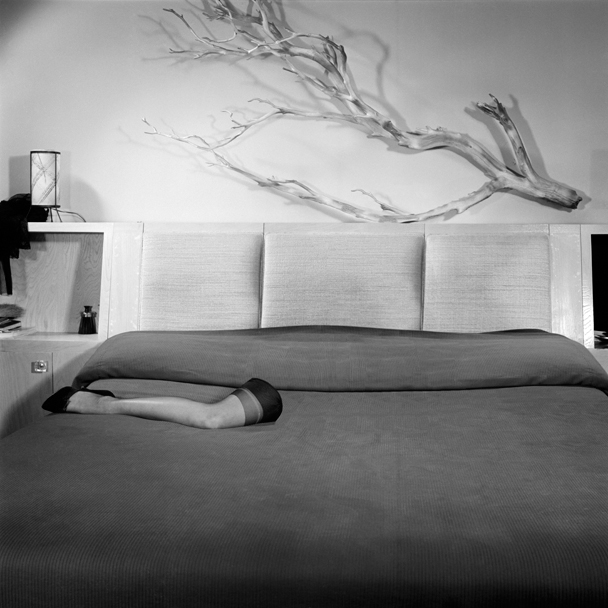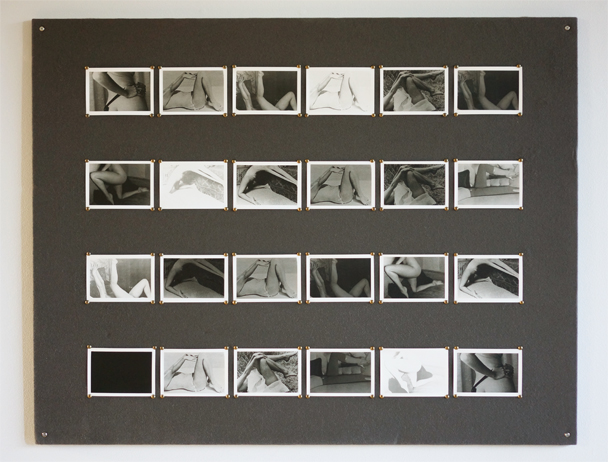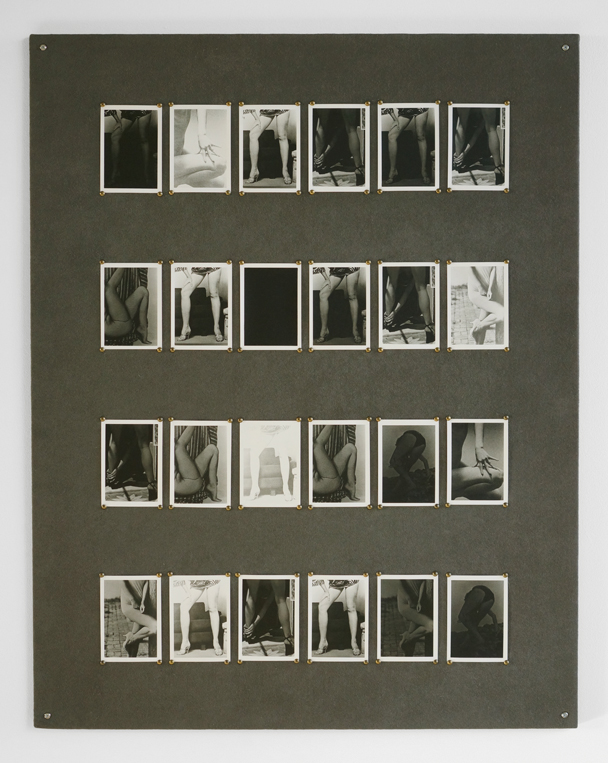Self-proclaimed 'photographic archaeologist' Eva Stenram shares with us the ideas and processes behind her practice, and her use of found imagery.
Hi Eva,
Thanks for taking the time to talk with us. Can you walk us through the process of finding source material to use in your works?
ES: I have worked with many different kinds of images over the years to create work, including my own family album, NASA’s images from Mars and Internet pornography. In the last few years I have almost exclusively been working with vintage pin-up imagery. I sift through and buy negatives, slides and magazines on internet auction sites, always looking for images with particular characteristics.
PW: What do you look for and how do you decide on the type intervention you’ll carry out on the image?
ES: All my source materials are photographs that captivate and entice me – my source material is both my source of inspiration and the raw material to create the work from. I enjoy working directly with photographs, intervening and reinterpreting the image, keeping the photograph in a state of flux and transformation.
The source photographs are manipulated through re-photography, darkroom techniques and most often, digitally. The intervention may subvert, undermine or challenge the photograph’s original function, or it might conversely serve to highlight and underline some of the original characteristics and functions of the source photograph. Overlooked parts of the images often take centre stage.

silver gelatin prints, pins, pinboard, © Eva Stenram
PW: A lot of your work focuses on women and transforming their bodies through cutting, splicing and fragmentation. Do you view this as a political or social comment on the use of women in photography or is this an esthetic function?
ES: The work plays around with the viewer’s gaze and scrutinises photographic objectifications of the female body, while it hopefully also retains ambivalence and propels curiosity.
I work with photographs of women, not women. A photographer has a direct relationship with the model, I have a relationship to the found image I work with.
Disembodiment has always had a big role within photography – it’s part of the counterpoint to another kind of photography that reaffirms our identity and place within the world. A lot of artists are currently engaged in ideas around disembodiment. It’s perhaps a move towards the recognition of the body as pure image, constructed, fleeting, changeable and in bits.
I always want to make something that I want to look at, so I definitely look for beauty in the original images that I appropriate. Most of the source material I have been working with lately is from the 1960s – the start of the sexual revolution and the time when women began to enter the workforce en masse. It is also when my parents were young. I am drawn to the aesthetics of the images from this time – how the women in men’s magazine’s were predominantly depicted in the domestic space – reflecting perhaps a certain male desire to keep the women’s bodies within the home.

PW: By only using fragments of the body, the viewer is often left to imagine the sections that are no longer seen. It makes us aware of our own looking, of how the image is constructed.
ES: The bodies (or parts of them) slip away, but there is still a pleasure in looking – at what is left of the bodies and what is depicted within the image around the models. We become more aware of the backgrounds, the settings for the fantasy. The viewer needs to imagine what is no longer there and in the process somehow becomes more aware of their own voyeurism. A lot of my work could be said to celebrate the viewer’s imagination – what each viewer imagines will perhaps always be more interesting than what was originally present in the photograph.
PW: You’re currently showing work in A Handful of Dust in Paris. Can you tell us what you’re working on next?
ES: I am working on a number of new works that use imagery from old pin-up magazines as a starting point – this time I take elements from within the photographs and re-construct them in three dimensions, in the process letting them mutate and change into something slightly different. For example, I have been making new textiles, whose patterns pick up and repeat small sections of vintage pin up images. The new textile patterns reproduce the photographic qualities found in the original images, such as foreshortening. After I print digitally onto linen, cotton or silk, these textiles are used to make new objects that echo the original images – creating a tangible link between the fantasy world of the image and the actual material world.
Eva Stenram’s work can be seen in A Handful of Dust, on exhibition at Le Bal, until 17 January, 2016.
